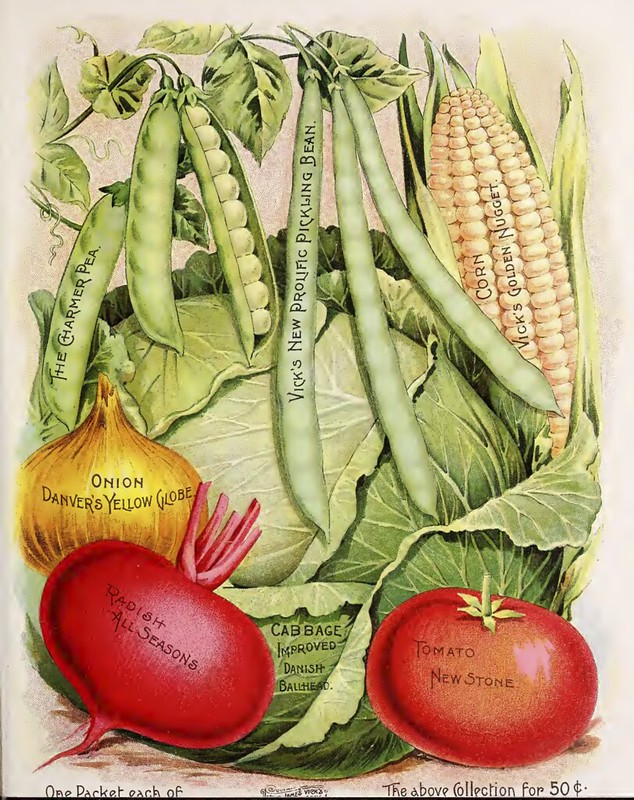 Fertilizer for tomatoes: A recommendation for adaptation, depending on the growth phase
Fertilizer for tomatoes: A recommendation for adaptation, depending on the growth phase
The classic Long Ashton nutrient solution (Hewitt, 1966) is intended as a general-purpose formulation for many plant species and is therefore not optimal for high-yielding fruit vegetables such as tomatoes (Solanum lycopersicum). Tomatoes have different nutrient requirements at different stages of development, especially for N, K, Ca, Mg, and P. This information is also directly available in our fertilizer calculator .
Growth phase (vegetative, approx. up to 4th-5th leaf axis):
- Nitrogen (N): increase to approx. 10–12 mmol/L
- Potassium (K): approx. 4–5 mmol/L
- Calcium (Ca): to 3–4 mmol/L
- Magnesium (Mg): approx. 1–1.5 mmol/L
- Phosphorus (P): approx. 1–1.5 mmol/L
- Iron (Fe): to 0.05–0.1 mmol/L , e.g., by Fe-DTPA
- Sulfur (S): approx. 1–1.5 mmol/L
Flowering phase (beginning of flowering to fruit set):
- Increase N slightly (12–14 mmol/L)
- Increase K significantly (6–8 mmol/L)
- Increase P slightly (1.5–2 mmol/L)
- Ca stable at 4 mmol/L
- Mg to 1.5 mmol/L
- Keep Fe constant
Fruit/harvest phase:
- K to 8–9 mmol/L , for fruit quality
- Ca at 4–5 mmol/L , for blossom end rot prevention
- Mg at 1.5–2 mmol/L
- P constant
- Reduce N slightly (to approx. 12 mmol/L) – promotes generative growth
- S & Fe constant
Image: Peas, cabbage, beans, corn, tomato, radish, and onion. Vick's Garden and Floral Guide (1894), PD by https://openverse.org/
ID: 722



Add Comment